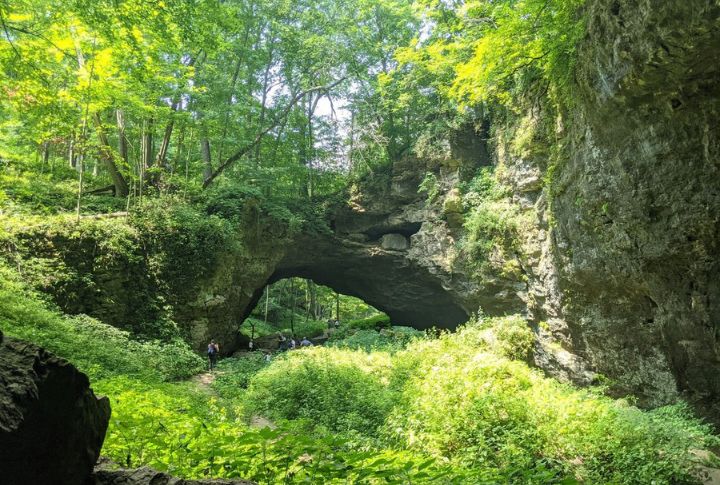
Beneath the forests of eastern Iowa lies a hidden world carved in limestone, shaped and echoed by the passage of time. Maquoketa Caves State Park features 10 chambers within just a few miles of trail, each revealing its own unique underground story. Climb, explore, or simply take in the views—there’s something here for every kind of adventurer. Grab a flashlight, and let’s head into Iowa’s coolest subterranean secrets.
Dancehall Cave

Spanning 800 feet, Dancehall Cave is the park’s largest and only semi-developed chamber. It once hosted social dances during the early 20th century. With multiple entry points, interior lighting, and elevated walkways, it offers the most accessible spelunking experience in Maquoketa while preserving its historic character and cavernous scale.
Wide Mouth Cave
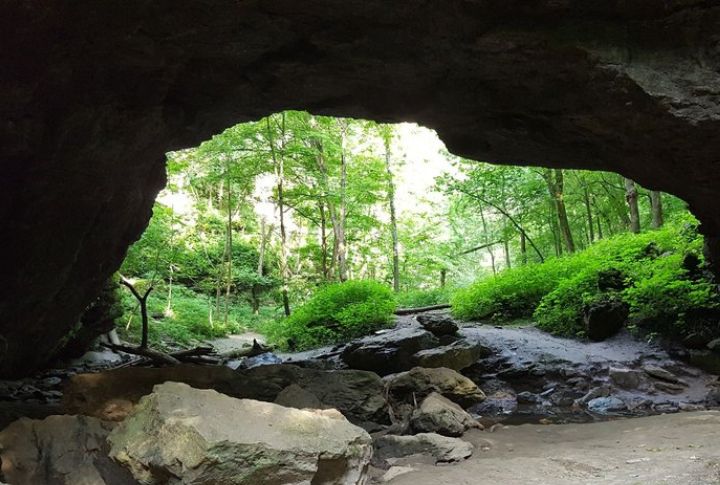
The cave has an expansive entrance that allows ample sunlight to illuminate its rugged limestone walls. It has a spacious interior that showcases unique rock formations, making it a favorite among explorers. Erosion has sculpted its broad passageways over centuries and created a stunning underground landscape.
Balanced Rock Cave

This landmark is crowned by a massive 17-ton limestone boulder, seemingly balancing effortlessly on a slender rock pillar. It’s a stunning example of how erosion and time shape nature and turn it into a true geological wonder. The rock’s daring stance leaves visitors in awe as they explore the cave system.
Natural Bridge Tunnel
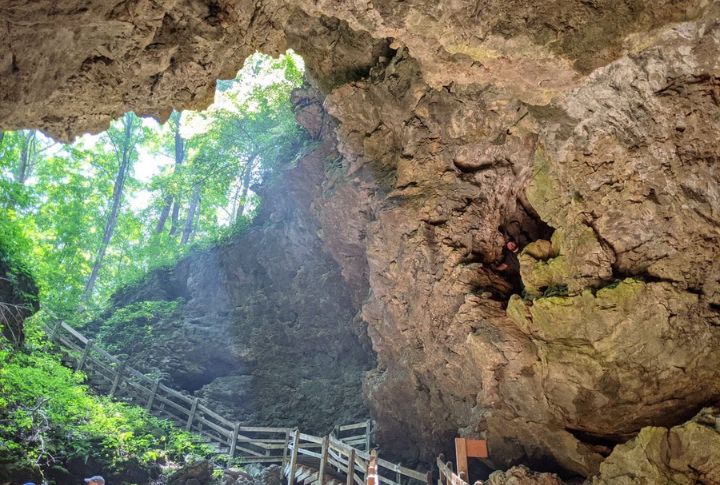
Instead of dropping into darkness, visitors walk beneath a natural stone arch that spans a shallow tunnel. The limestone bridge above creates a unique ceiling formed by centuries of erosion. As one of the few caves visible without entering, it serves both hikers and amateur geologists equally well.
Wye Cave
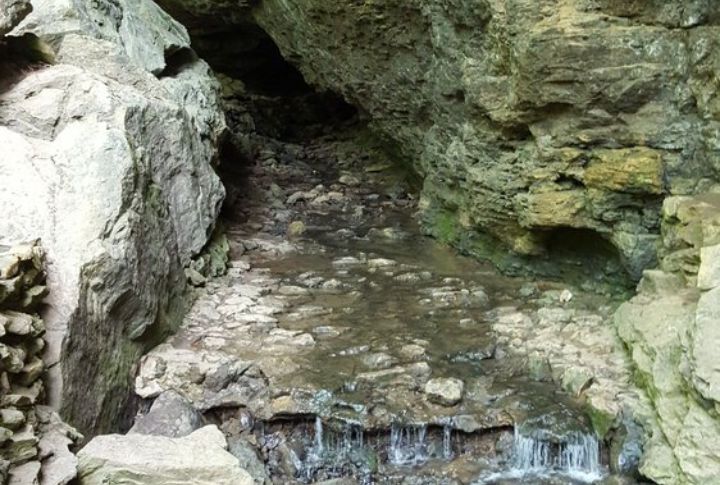
Wye Cave gets its name from a forked layout underground. After an initial crawl, explorers must choose between two diverging paths—each with different terrain. One offers a dry squeeze, the other a damp crawl. The split is rare in Iowa caves and makes route planning part of the fun.
Window Cave
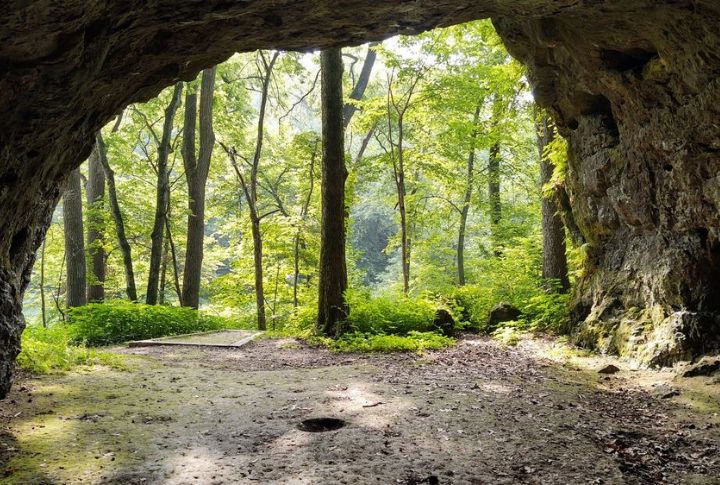
Natural light streams into this chamber from a broad opening that resembles a stone-framed window. Unlike darker caves, Window Cave offers visibility without a flashlight. It’s popular among casual visitors who prefer views over crawling. The entry slope can get slick, especially after rainfall, so footing is key.
Twin Arch Cave
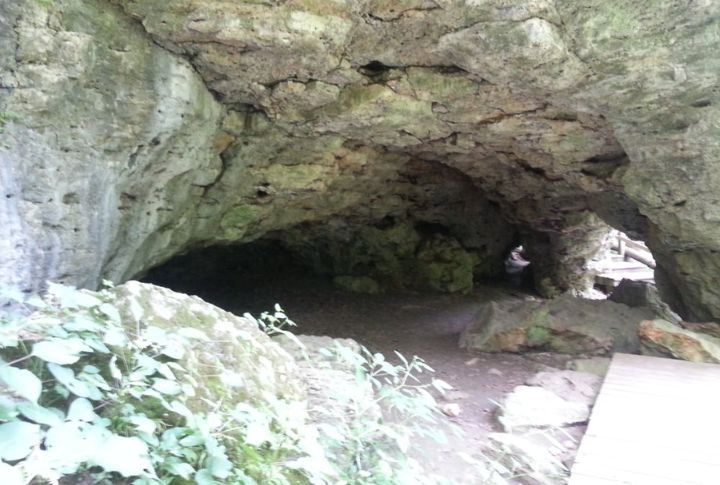
Twin Arch Cave features two curved entrances side-by-side, which creates a dramatic facade before you even step in. Inside, it’s compact and low but wide enough to maneuver without crawling. The dual-arch formation is rare in Iowa, making it a point of interest as well as a scenic stop.
Ice Cave

Even during summer, Ice Cave stays cool enough to fog glasses and chill fingertips. Its insulating limestone traps colder air deep inside to create a microclimate. Though not frozen, the temperature difference is striking. Visitors often step in briefly, not for depth, but for that refreshing, natural air conditioning.
Steel Gate Cave
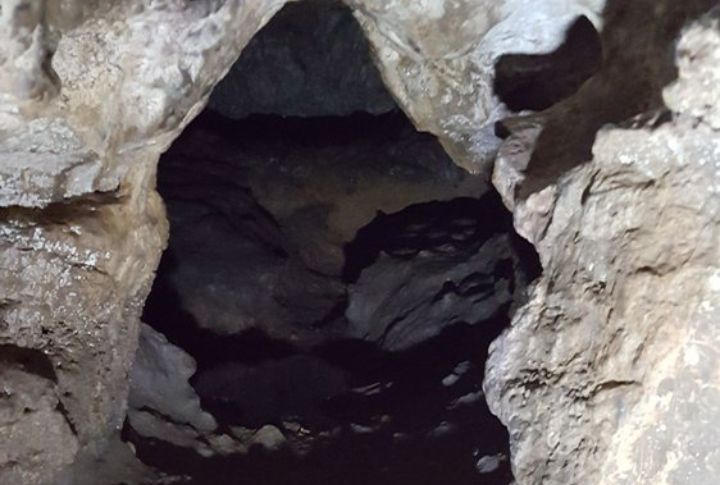
Access here is restricted because Steelgate Cave is protected for bat conservation. The steel gate limits entry during the roosting season, but can be viewed from the outside. The cave highlights ongoing ecological stewardship within the park. Educational signs nearby explain how limestone shelters support delicate wildlife populations.
Echo Chamber Cave
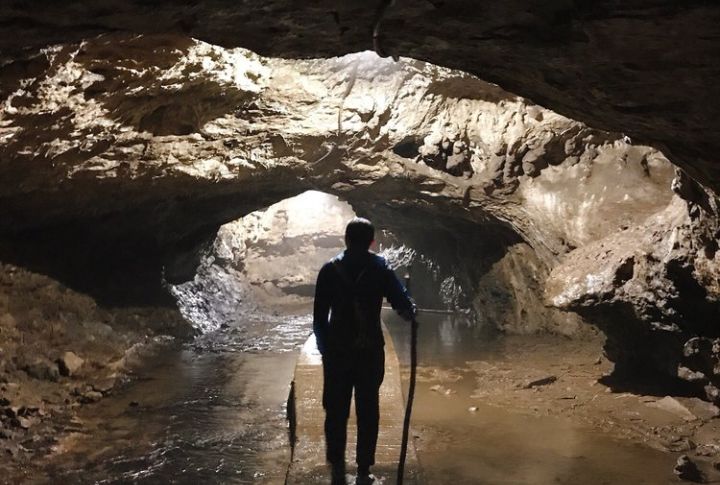
Famous as one of Iowa’s most fascinating limestone chambers, this cave is celebrated for its unique acoustics. Its natural rock formations amplify and bounce sound, producing echoes that seem to linger in the air. This special feature draws explorers interested in underground sound dynamics and the slow art of limestone erosion.
